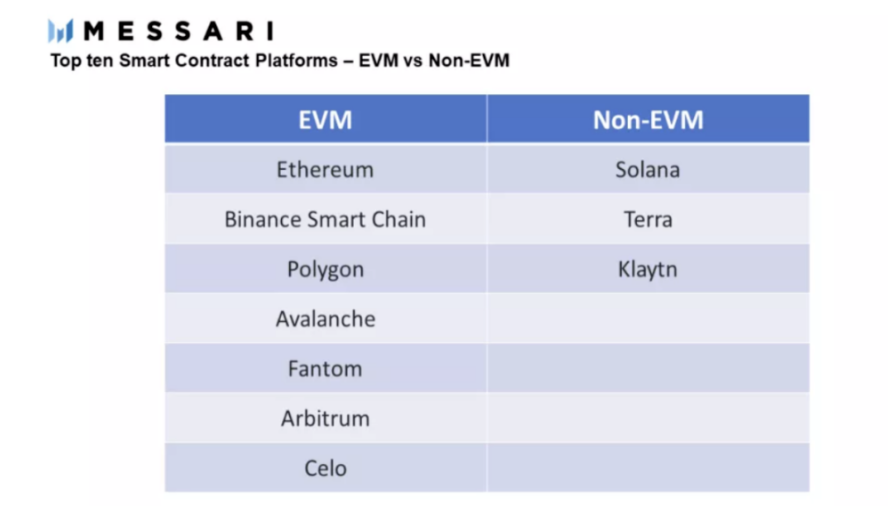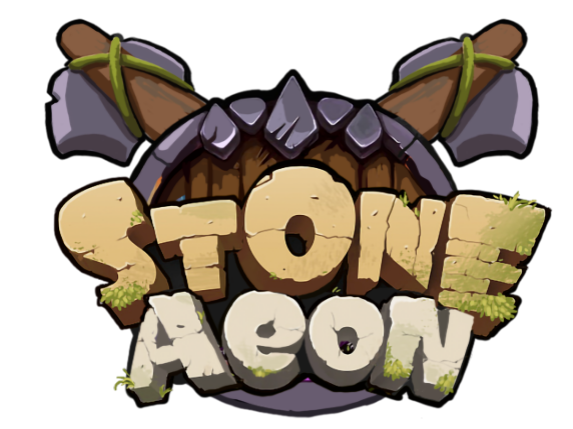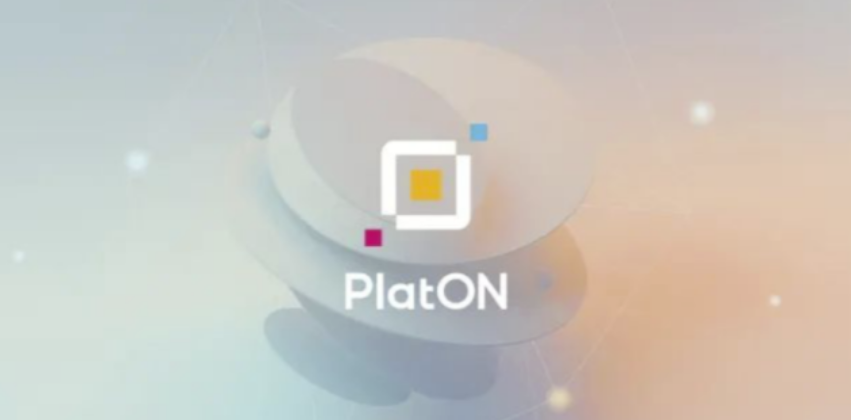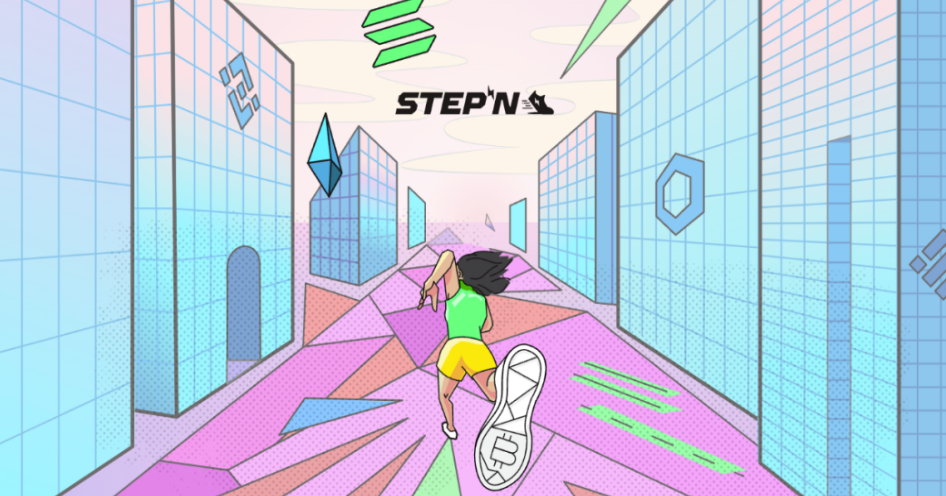Author: Zhao Yaojing / Source: Vernacular Blockchain

Produced | Vernacular Blockchain (ID: helloBTC)
From the perspective of financing, GameFi’s popularity remains high.
According to Footprint Analytics data: in the past March, 30+ GameFi has been favored by capital, the total monthly financing of GameFi track exceeds 400 million US dollars, and the daily active data of GameFi players has also exceeded one million.
In the traditional Internet, we usually evaluate games based on factors such as economic model design, the number of players, and the level of player gold . Amount to evaluate the pros and cons of GameFi.
Among them, around the unshakable status of the ecological king of Ethereum, we found that GameFi seems to be gradually divided into two camps that support EVM and do not support EVM in the contest between the number of players on the chain and the transaction volume of players on the chain.
In today’s article, we will try to further observe and analyze the current development of GameFi from the perspective of supporting EVM / not supporting EVM.
01
What exactly is EVM compatibility we often say?
From a standard definition point of view, Ethereum (English) is an open source public blockchain platform with smart contract functions, and uses a set of Turing-complete scripting language (Ethereum Virtual Machinecode, referred to as EVM language) to build applications. Among them, EVM (Ethereum Virtual Machine) is the abbreviation of “Ethereum Virtual Machine”. As the heart of the Ethereum network, the main function of EVM is to support Ethereum to call smart contracts, so as to complete the active validity and automatic execution of contracts. EVM is to Ethereum what CPU is to computers.
Messari analysts also used a metaphor to explain EVM: You can think of EVM as an Android operating system, and a phone using Android can run some of your favorite apps.
Ethereum has created a precedent for smart contracts , and has experienced rapid development stages such as DeFi Summer and NFT waves. Today, Ethereum has formed its ecological empire. However, due to the early design, Ethereum also has problems of poor scalability, network congestion, and high gas fees. Based on this, we have ushered in the era of the explosion of the public chain (smart contract platform), and solutions around expansion, cross-chain, and lower gas fees emerge in an endless stream:
On the one hand, these public chains have successively launched EVM compatibility to undertake the value overflow of the Ethereum ecosystem. Many public chains that we are familiar with and have developed rapidly in the past year support EVM compatibility, such as the exchange platform chain BSC and Layer 2 competition. Dao’s Polygon, the privacy computing track’s PlatON, and Filecoin, which announced the launch of an EVM-compatible virtual machine FVM a few days ago, are all outstanding EVM-compatible public chains. Many of them have publicly stated that their ecological development focus in 2022 will focus on the GameFi track.
For example, BSC, BSC is compatible with EVM at the beginning of ecological development, and developers can easily realize the migration and deployment of Ethereum DApps . Currently, there are 200+ GameFi deployed on BSC, and according to the data of Dappradar at the end of 2021, the top 10 In GameFi, BSC occupies 4 places.
Another example is PlatON . In November 2021, PlatON officially released a new version compatible with the Ethereum ecosystem to achieve seamless connection between PlatON and the Ethereum platform . Entering 2022, PlatON is making frequent efforts on the GameFi track, not only establishing cooperation with QPassport, a decentralized digital identity of Web 3.0 infrastructure, but also launching the first GameFi game “Stone Civilization” with multiple worldviews on the chain.
On the opposite side of supporting EVM, there are also many public chains that do not support EVM in the long-term development process and have achieved good development. Solana and Terra are very typical cases. With the popular ecological STEPN with both SocialFi+GameFi attributes, the development of Solana GameFi has attracted much attention recently; and Terra, which is the top five public chain TVL, also has a diverse ecological GameFi, covering horse racing games, NFT card games, and NFT fighting games. Games and more.
It is worth mentioning that about 70% of TVL’s top ten smart contract platforms support EVM, and only about 30% do not support EVM-compatible platforms. On the one hand, it once again shows the strength of the Ethereum ecosystem. On the other hand, it seems to indicate that supporting EVM seems to be the mainstream demand for the development of public chains.

So what is the charm of EVM? Let most emerging public chains choose to support EVM invariably?
02
Is EVM Compatible: The Game Between Traffic and Innovation
Generally speaking, most emerging public chains are designed to alleviate the performance problems of Ethereum, so they have the advantages of high performance and low gas. For GameFi, EVM compatible chains are higher than Ethereum in terms of smooth game experience. However, in the early stage of development, these EVM-compatible chains hope to gain rapid development by leveraging the advantages of Ethereum technology and traffic.
Supporting EVM compatibility means that the public chain creates an EVM-like code execution environment, allowing developers on Ethereum to deploy their smart contracts to this chain easily and quickly, without having to write from scratch for this chain The code for the smart contract.
This brings at least three advantages to EVM compatible chains:
First of all, the low threshold makes Ethereum developers more willing to transplant them to the EVM compatible chain, and these transplanted contents can quickly fill the ecological gap in the early stage of public chain development;
Secondly , most of the innovations in the blockchain industry take place in Ethereum, and as a result, many top-tier content has been born in Ethereum. If such top companies can be attracted to enter the ecosystem, and on this basis, the interaction with the Ethereum ecosystem will be realized. The operability can bring very high user traffic and topic heat to the development of the public chain ;
The most important thing is that EVM has developed to a very mature technology, and a huge system has been formed around EVM compatibility. Within this system, whether it is technical exchange, building companies or acquiring users, all enjoy a certain degree of “scale effect”.
Like the BSC and Polygon we mentioned above, they all grew savagely with the help of EVM compatibility in the early stages of development. In addition, for PlatON, which is focusing on the GameFi track to develop ecology this year, it is also very likely to enter a stage where users and ecological attention are rapidly increasing.
However, supporting EVM also imposes certain restrictions on the development of many platforms:
For example , the current development of blockchain applications is still in a very early stage, with imitation > innovation as a whole. When an innovation emerges, countless similar ecological projects will emerge in a short period of time, which aggravates the phenomenon of product homogeneity. Under the framework of features and specific rules of EVM, there may be more constraints for the EVM-compatible chain to achieve innovative breakthroughs.
For example , a variety of EVM compatible chains allow users to have more choices, but at the same time, it also speeds up the flow of funds. In the face of endless new content to join the EVM camp, how can the EVM compatible chain achieve positive after the initial Ethereum spillover bonus? Sustainable development is an issue worthy of in-depth consideration.
For another example , EVM-compatible chains may be constrained by the Ethereum roadmap, which will interfere with the ecological development plan.
Therefore, compared with the EVM compatible chain, the incompatible EVM chooses an independent development ecosystem. Although it faces the dilemma of “starting from scratch” in the early stage of development, and there is no traffic advantage, its advantages are also very obvious:
On the one hand , thinking outside the EVM framework, non-EVM compatible platforms are better in terms of innovation , and the platform can realize many differentiated functions, provide services for specific users, and stand out from the crowd of DApps.
On the other hand , considering that the development of blockchain is still in its early stage, everyone is looking forward to “innovation” and is very willing to learn and accept it. More importantly, our definition of “innovation” is actually very inclusive. Let some content with innovative genes, once out of the circle, it is easy to get the favor of users and capital, so as to gain a momentum of development .
03
The GameFi ecosystem that can be expected in the near future
As I have emphasized many times in this article, this industry is still in its early stages of development, so for the two camps that support EVM and those that do not support EVM, regardless of competition, it is the whole industry that works together to make GameFi bigger. A better choice for rapid development and a win-win situation for all ecological parties.
Therefore, we may wish to look forward to the wonderful performances of these two camps on the GameFi track in the future.
Among the public chains that support EVM, the multi-worldview GameFi game “Stone Civilization” that will be launched on PlatON deserves attention .

First of all, we can know from the name of the game that “Stone Civilization” was born out of the famous game IP “Stone Age”. This game, which can be called the originator of turn-based online games, once reached a popular level in the Chinese online game market. Based on the secondary innovation of “Stone Age”, PlatON will soon launch the blockbuster “Stone Civilization” which not only has more beautiful pictures, fuller game characters, stricter rules and mechanisms, but also has a natural IP traffic advantage.
Secondly , as an ecological content supported by PlatON, the profound heritage and strong strength of PlatON also make “Stone Civilization” further potential to develop into a high-quality popular GameFi content. As a public chain with huge development potential, PlatON takes privacy computing with a very high threshold as an entry point, aiming to build a decentralized and collaborative interoperable computing network. With strong technical strength, sophisticated network design and a wide range of application scenarios, PlatON has now developed into the industry’s leading private computing public chain, and has won more than ten awards including Hashkey Capital, Youbi Capital, Gaoshan Capital, and Hash Global Capital. The total financing amount reached 50 million US dollars.
Since the mainnet was officially launched in April last year, the number of PlatON account addresses has grown rapidly. However, under the ardent expectations of its fans, PlatON’s performance in ecological construction in the past year has been somewhat unhurried. The accumulation of development. After entering 2022, with the official announcement of the ecological blockbuster “Stone Civilization”, PlatON will also rapidly promote all aspects of its ecological construction.
Most importantly, as PlatON’s pioneering work focusing on the GameFi track to start ecological construction , “Stone Civilization” is very delicate in terms of character setting, economic model design and picture detail processing: the game relies on the Stone Age as the background, Aggregate all primitive humans in the world, and use blockchain technology to uniquely and digitize the content of the game. All in-game items and creatures are blockchain-based NFT assets, allowing players to be entertained while maximizing. Gaining revenue further reflects GameFi’s P2E attributes . And because it is based on the privacy AI computing network PlatON, “Stone Civilization” also has mature privacy computing technology to escort the privacy and circulation of players’ digital assets.
According to the team, “Stone Civilization” is currently being tested on the PlatON chain. The game will be released in the near future and will be the first to be pre-sold in the form of NFT . Interested players can continue to pay attention.

In addition, in the non-EVM compatible public chain camp, the topic of GameFi continues to be hot.
On the one hand , StepN based on Solana has rapidly become popular all over the world. The gameplay is to earn GST by walking, jogging or running outdoors, then level up or mint new Sneakers NFTs. The green, low-carbon and healthy life attitude conveyed, as well as the innovative concept of “Move to Earn”, not only allow players to gain the satisfaction of sports in the real world, but also gain benefits from participation. Since its launch, the price of GMT Token has risen from a minimum of $0.01 to a maximum of $3.85

The success of “Move to Earn” has also made more forms of P2E modes popular. GameFi is also based on Solana, and Let me speak is quickly out of the circle with the “Learn to Earn” mode. The gameplay is also very simple: players can buy NFT characters on the market and start learning English in the APP. Each NFT character has energy every day, which is converted into learning rewards. Every time the correct answer is given during learning, a part of the energy will be converted into Token, and the obtained Token can be converted into USDC in the market.
Many people speculate that the popularity of the two ecosystems will trigger a new round of imitation by practitioners, and there may be more upsurges like Sing to Earn, Dance to Earn, Smile to Earn, etc. in the industry in the future.
04
Epilogue
Regardless of whether the two camps that support EVM or do not support EVM in the future have and compete, what is the innovation mechanism, and where are the hot trends, it is certain that GameFi is developing in a more decentralized, more respectful user experience, and more Web 3.0-like manner. , changing traditional games and financial gameplay.
The blockchain industry and the GameFi track are in the early stages of development, and the popularity of GameFi will continue for a long time in the future. The industry needs innovation, the track welcomes innovation, and players will not bury innovation. For companies, opportunities are always there and there is a lot to do.
This article is reprinted from: https://www.hellobtc.com/kp/du/04/3933.html
This site is for inclusion only, and the copyright belongs to the original author.